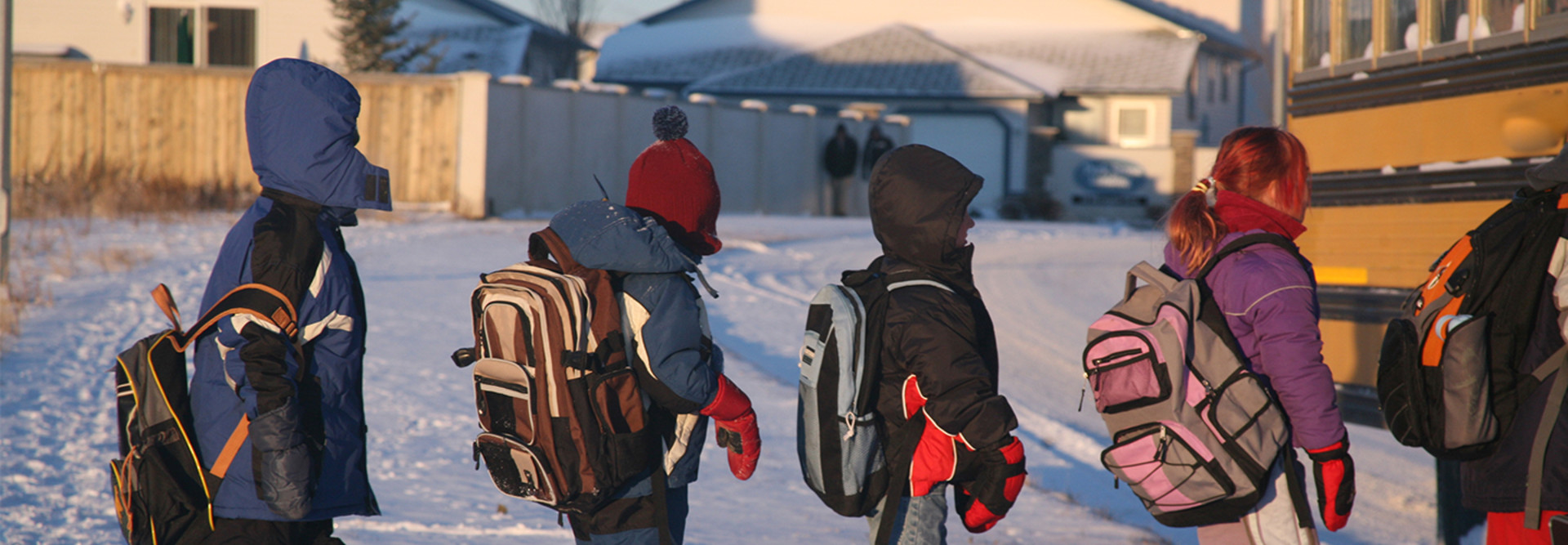3 Things K–12 Schools Can Learn from Remote Work Programs
K–12 schools are assessing how to best use remote learning tools during snow days when it’s impossible for students to be in the classroom.
When using technology to make up for lost classroom time, administrators need to consider a number of new challenges that come with distance learning.
For inspiration, districts should look to modern workplaces, which have been perfecting the work-from-home strategy for years.
PRODUCT REVIEW: Yamaha YVC-1000 Speakerphone gives K–12 collaboration an audio boost.
Training Is Key for Successful Classes from Home
Just as employers cannot assume all workers will automatically be efficient remote employees, teachers should not anticipate all students will immediately find success with distance learning.
To ensure students and teachers are comfortable with this new use of technology, it’s imperative to invest in training early on.
It is much more effective to teach students how to use the technology while they are present in the classroom, rather than expecting them to learn how to navigate the tools when they are on their own.
Additionally, training can give teachers insight into which parts of the program students are most interested in and which they may find difficult to understand.
Set Clear Expectations for Students and Teachers
Every company has a different idea of what success looks like — especially when it comes to productivity. It’s important for businesses to properly communicate expectations to their employees and guide them along the appropriate path.
The classroom is no different. Teachers need to state explicitly what students must do to complete distance-learning assignments and be clear about when those assignments due.
Distractions at home, such as video games and toys, may cause some students to struggle with productivity. This is to be expected and is not necessarily a bad thing.
Just as remote workers need to disconnect for breaks and lunches, students will need to incorporate traditional school breaks, such as recess or lunchtime, into their day. Setting aside blocks of time to promote spontaneity and creativity is an important part of learning.
Implement Real-Time Communication
Remote employees often struggle to feel like they are part of the larger team. Advances in communication technology and collaboration software can solve this issue.
Managers promote inclusivity and build rapport with remote employees by engaging frequently through online chat platforms or videoconferencing technologies.
For the remote learner, group video chats can be a great tool to facilitate peer-to-peer or teacher-to-student exchanges that foster social connections, support learning and create a space for discussion.
Above all, remote learning should fit students’ needs. When implemented correctly, these learn-from-home sessions can help keep students up to date on their education in a fun, engaging way.










